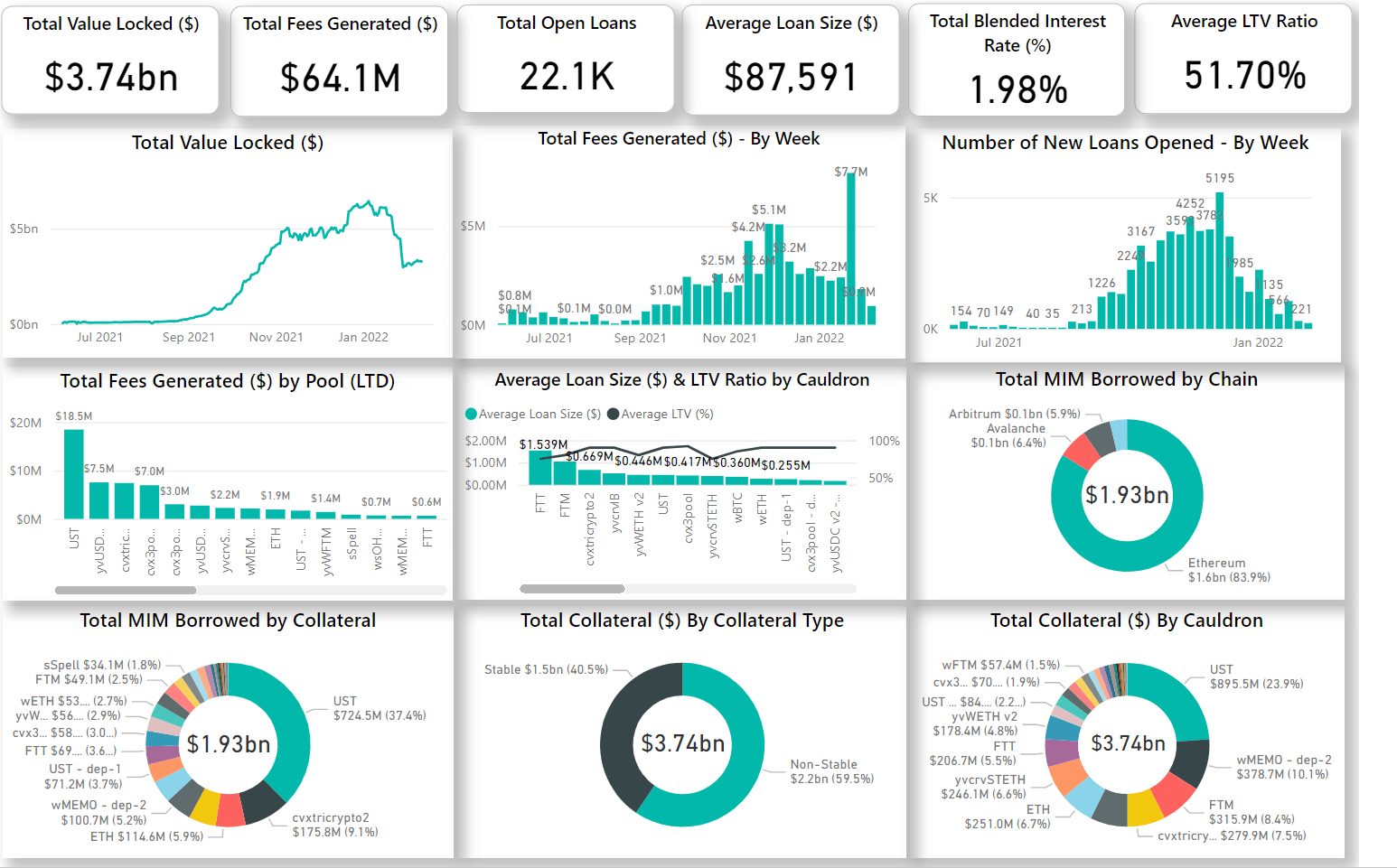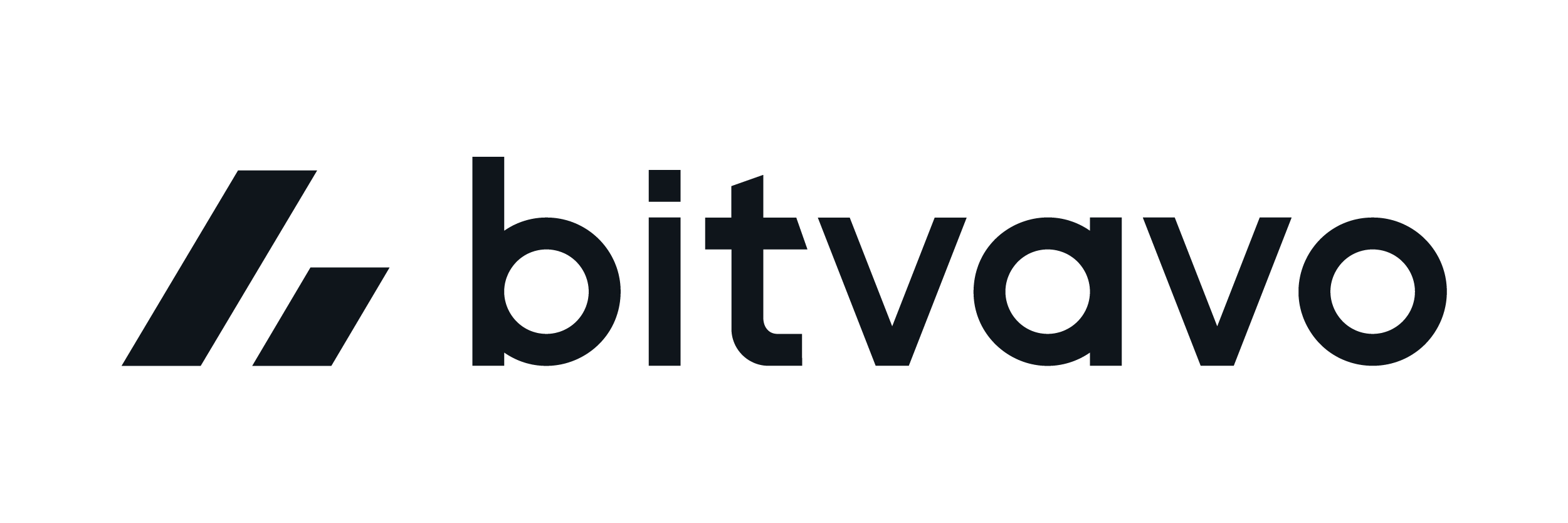Welcome to this post, where we are going to see the main differences between USDT and MIM, and which is the best option.
To do this, we will highlight the most important information of each cryptocurrency separately, such as their risks and advantages. The most important thing in a stablecoin, as it is in these two cases, is that it maintains its price equivalent to $1 and there are guarantees that it will maintain this value.
The last thing you want when using a stablecoin is that it does not maintain its value and does not have enough cash to maintain this value. Since, each stablecoin must be backed by 1$ or some liquid financial asset, to give security to users to use that stablecoin instead of another. Therefore, let’s go over those aspects to look at, and to take into account in each one of them.
USDT
USDT or Tether is the top stablecoin with ranking 3 in market capitalization and most used at the moment. It is only recently, that strong competitors have started to appear in the top 10 being a stablecoin like USDC, but a year ago, USDT had a great dominance over the other stablecoins out there.
The company behind USDT is Tether Limited and that was long linked to Bitfinex, one of the leading cryptocurrency exchanges. The company is based in Hong Kong, and therefore does not have so many regulatory requirements as it is not in a country like the United States or European countries. We will discuss the aspects related to USDT and Bitfinex later on.
Treasury

USDT’s treasury can be found on their website, at transparency. Here you can find all the information, and external audits on their balance sheets, the amount of USDT circulating and the amount of reserves they have. 84.25% is cash and cash equivalents and other short-term deposits and commercial paper, 5.22% in corporate bonds, funds and precious metals, 4.99% in secured loans and 5.54% in other investments.
Regarding the 84.25% of cash and cash equivalents, we have 52.51% in commercial paper, 33.35% in treasury bills, 12.42% in cash and bank deposits and 1.72% in money market funds.
You can find the balance in each network of its stablecoins, in addition to USDT, EURT, CNHT and XAUT. The % that have been commented is at the time of writing this article and may vary, so I recommend you also consult that section to learn more in detail the treasury that backs USDT.
USDT Supply

Another relevant aspect is the growth of the USDT supply, where we can see the market capitalization to know how many USDT are in circulation. If there are 78 billion (American), it means that there must be support for those 78 billion USDT in circulation. What is interesting is to see the market capitalization and its evolution, to see if it has a very fast growth and there is a large supply of USDT, to see if there is backing or they have just created more USDT without a real backing. So seeing if there is an increase in their supply is also a factor to look at.
Advantages
Let’s take a look at the main advantages it can present and the risks USDT has as stablecoins if we can compare it with others, so you can get a better idea of its strengths and weaknesses. Starting with the good.
One of its main advantages is that it has been around since 2014, and is still the leader in the stablecoins market. Being used in all centralized exchanges to buy other cryptocurrencies. So it has a great importance in the entire cryptocurrency market, both in liquidity and in its use in different functions, either centrally in exchanges or decentralized.
Another positive aspect is the great liquidity that you find in many different networks, being the stablecoin that is available in more networks and you will be able to use.
For the time being, despite having many news and doubts that we will now comment, it has not failed and has continued to grow its USDT offer and use throughout the world of cryptocurrencies, despite raising many doubts. So, historically, it has more run than any other stablecoin, and with a volume of daily and total use, much higher. Which is also an advantage, knowing how to keep its price linked to the dollar with so much market capitalization, and so much liquidity of the token spread across different networks and platforms.
Risks
Let’s go with the aspects that pose a risk to USDT and that may create certain doubts in using this stablecoin with respect to others.
The first is the controversial case of bitfinex and USDT, where there are many accusations that USDT was created out of nothing to cover a hole in the Bitfinex Exchange, and that USDT was used to inflate the price of Bitcoin. We won’t go into too much detail, but if you have more interest, I recommend watching news regarding this topic.
The other negative aspect is the lack of transparency. Despite being audited, being a company in a country with few regulatory requirements, there are many doubts about the company that has audited tether and if they really have the support they claim to have. Since they have not authorized U.S. government entities to review it or use another auditing company, and this creates several doubts as to whether the support is real.
Regarding the backing, a large part is in promissory notes or commercial papers, and this creates doubts because it is unknown which companies have the promissory notes or commercial papers backing USDT as part of the treasury. And IOUs or commercial paper account for 44.5% of the total reserves held by tether.
Another disadvantage that we have been able to see in some of the sharp falls, is that it does not hold the peg or its equivalent value to the dollar as perhaps other stablecoins. Seeing USDT with a price of 0.95 at the lowest moments, although later with a great fast recovery. Although it is at times of high volume and very large declines, the fact that it falls as much as 4-5% and other stablecoins hold up better is also a risk to consider if there are again sharp declines and if USDT will be able to maintain its peg to the dollar.
MIM
MIM is a relatively new stablecoin that appeared in the middle of 2021 through the Abracadabra Money platform and in a very short time, jumped to the top 5 most used stablecoins, and exceeded 1 billion (American) in market capitalization.
MIM is a collateralized stablecoin, where to mine MIM, you must deposit a cryptocurrency such as BTC, ETH, AVAX among many others, and that are the guarantees to keep the price of MIM linked to the dollar. In addition to letting the market regulate its value, where if it falls in value to 0.99, people will buy MIM to repay the loan paying less and thus its value will rise, the same in the case that its value is higher than 1 dollar.
Abracadabra money is a lending & borrowing loan platform, created by the frog nation, which is a community focused on DEFI projects, especially in the Fantom network that seeks to create user-centric platforms, and give more utility to different parts of decentralized finance to improve and optimize many processes. In addition to having a DAO component the platform itself.
Treasury
MIM is a stablecoin that relies on other cryptocurrency assets to maintain its value, and the market’s own supply and demand to balance its price, as there are dedicated arbitrage bots to take advantage when a stablecoin like MIM falls in value or rises further.
Still, it is interesting to see what types of assets it has as collateral and which cryptocurrencies are most used to mine MIM on its platform. To do this, if we go to their website, we can go to tools and analytics. Here, on the first page, in the last 3 graphs we can see the total value of collateral there is, and in what assets they are.
We find that there are at the moment, 3.74 billion, where 2.2 billion are not stablecoins, and the other 1.5 billion are. This makes about 40% of the collateral that holds the price of MIM, which does not fluctuate in price and decreases the risk. MIM at the moment, has 2.7 billion in circulation, so there is 170% collateral with respect to MIM’s supply.
You can see the breakdown of each cryptocurrency in the collateral, but really separating between non-stablecoins and stablecoins is more than enough to get an idea of the risks and what can happen in case of a market crash. Since the 2.2 billion, if the market falls, will be affected and a process of liquidations will start. But there will still be 1.5 billion that will have the same value and will guarantee the price of MIM.
You will also be able to see the distribution of MIM in different networks, but we don’t consider it something relevant to analyze the treasury of reserves that MIM has behind it.
MIM Supply
Another relevant aspect is the growth of the MIM supply, where we can look at the market capitalization to see how many MIMs are in circulation. If there are 2.7 billion(American), it means that there must be support for those 2.7 billion MIMs in circulation. What is interesting is to see the market capitalization and its evolution, to see if it has a very fast growth and there is a large supply of MIMs, to see if there is backing or they have just created more MIMs without real backing.
In the case of MIMs, you can always check in analytics how much collateral there is. And in case of a large increase, you will be able to see if there has also been an increase in their reserves, or it has become a stablecoin with less collateral than before.
Advantages
Let’s take a look at the main advantages it can present and the risks MIM has as stablecoins, so you can get a better idea of its strengths and weaknesses. Starting with the good.
The main advantage that MIM has is that there is no company behind it and no control. Being a stablecoin with reserves and automatic adjustment by supply and demand, it is a very decentralized stablecoin and does not depend on a single company or the reserves they have in their bank account. Since you can see in real time the MIM reserves, and its distribution in a totally transparent way.
As there is a large community such as frog nation, MIM quickly appeared in many other networks and platforms to be used as collateral or different farming and staking options. This makes the stablecoin very useful.
The collateral mechanism with the market itself in case it falls or increases in value, has been seen as it has endured and maintained really very well in falls and moments of high tension, which we will discuss in the risks. A stablecoin with a worse system would have fallen much more than MIM did.
Having 40% of the total reserves in stablecoin, makes it a very safe token with less risk in the case of strong market falls.
Risks
Let’s go with the aspects that pose a risk to MIM and that may create certain doubts in using this stablecoin with respect to others.
The main risk and one that we could see happening is the FUD or fear of the people behind the project. Frog nation is an anonymous team, and it was discovered that one of its members was a person who had scammed in a Canadian Exchange, which led many people to stop using MIM, because of the risk that he could disappear if he had control of the wallet of the platform. You can find more information, as we won’t go into more detail. Luckily, the MIM wallet is not the only person with access, although the FUD or fear among the community and users was already created and we could see MIM for several days that lost its price at 0.98. There can always be another similar aspect, which can cause fear among investors and affect the price of MIM.
Yet, as we have discussed, its price did not drop beyond 0.98, which really for all the fear and uncertainty during those days, shows how solid the collateral system behind MIM is.
Another risk that exists is a hack on the Smart contracts on the platform. Although not very common, we have seen hacks on platforms that have happened, even though they were audited.
Summary
Finally, let’s summarize the strengths and weaknesses of each one so that you can choose. Keep in mind that, in a stablecoin, what is most important and relevant is that it maintains its price at 1$, and that it has treasury in case something happens, to be able to recover your USDT or MIM in dollars.
USDT is a stablecoin with a company behind it and reserves, while MIM is a more decentralized stablecoin with a platform and community behind it, but without a company as such. MIM reserves you can see them in a totally transparent way, although there are more than 50% of these that are cryptocurrencies, with the price volatility they have. While in USDT you can see their reserves in less volatile assets, but without guarantees as they are not regulated or audited by a reliable external audit.
I hope it has helped you to know in more detail how USDT and MIM work and all the backing and information behind each one. Remember that if you don’t have an account with binance, you can create one just below.
Platform: Binance
Min. deposit: $10
License: Cysec
Very low commissions
Exchange with more cryptocurrencies




